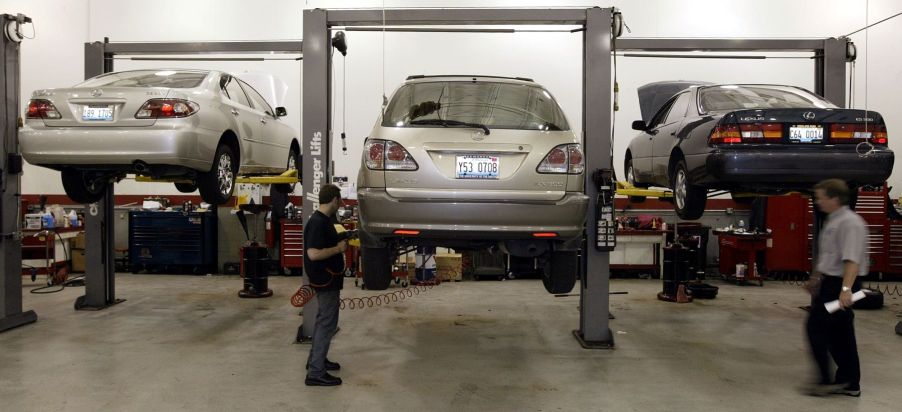
Quality ‘Deterioration Goes Beyond Launch Vehicles’ According to J.D. Power
J.D. Power is a reliable and trusted source regarding things like how reliable a car is, and unfortunately, car reliability has been decreasing recently. As some would’ve predicted, this drop in quality is ultimately thanks to the coronavirus {COVID-19) pandemic and its supply chain side effects. Here’s a look at how the quality of cars has dropped not just in launch vehicles but also in many other models.
The COVID-19 pandemic and the massive shocks it’s had across the car industry
By now, the chip shortage and its effects on the auto industry are very well known. Semiconductor chips, which are critical for many different types of electronics, are also essential for modern cars. In the worst-case scenario, the shortage of these chips has led automakers to shut down production lines because, without chips, cars can be finished and delivered.
Ultimately, people still want and need new cars, so automakers have been forced to make tough choices. Rather than shutting down production lines, many automakers are simply cutting features from their vehicles to need fewer chips.
That said, modern cars have a lot of complex features, so this move is not enough. On top of that, while chips are the most well-known supply chain issue, it’s not the only one. Overall, these supply chain issues have led to more problems for customers to deal with.
Quality issues are hitting both launch and continuing models

According to J.D. Power, the number of problems that customers are experiencing with their cars has now hit a record 36-year high, largely thanks to those supply chain problems. Compared to 2021, cars in 2022 saw an 11% increase in problems per 100 cars. Overall, the industry average sits at 180 problems per 100 vehicles, which means that the average car will experience 1.8 issues.
Typically speaking, a launch model will have many problems, as automakers have had less time to work out any kinks. However, as J.D. Power wrote, this drop in quality applies “beyond launch vehicles.” Continuing or carryover models also saw a drop in quality, though launch/redesigned vehicles saw a worse drop. This drop in quality is especially prevalent with premium cars compared to mass-market cars, but both types of vehicles are seeing a decline.
These issues have hit some areas and cars the hardest
The main reason why cars of all shapes and sizes are seeing a drop in quality comes down to the chip shortage and how automakers chose to adapt to things. For example, infotainment systems are a big user of chips, and unsurprisingly, infotainment systems are also the biggest source of issues for a car. The biggest infotainment issue is currently related to Android Auto and Apple CarPlay connectivity.
Driver assistance features, which also use a lot of chips, are another significant source of problems. In fact, compared to 2021, these features have gotten more problematic. The driver assistance features that have the most problems right now have to do with a car’s lane departure warning and lane-keeping assist features.
Overall, EVs and PHEVs also have a high number of problems. Regular cars have 175 problems per 100 cars, while PHEVs and EVs, not including Tesla, average out to about 240. Tesla is excluded because Tesla doesn’t give J.D. Power access to owner info. That said, even without that access, J.D. Power was able to get a score for a Tesla, and at 226 problems per 100 cars, Teslas are still more problematic than average.


